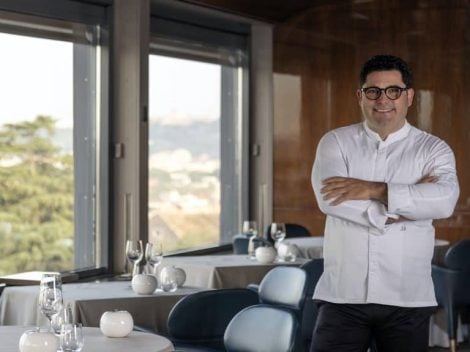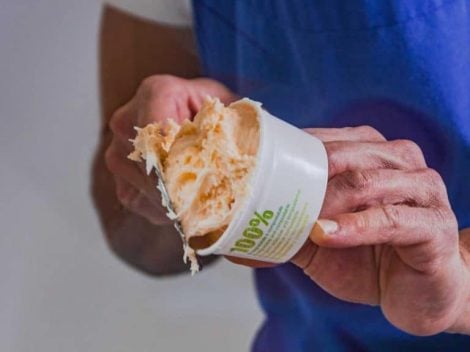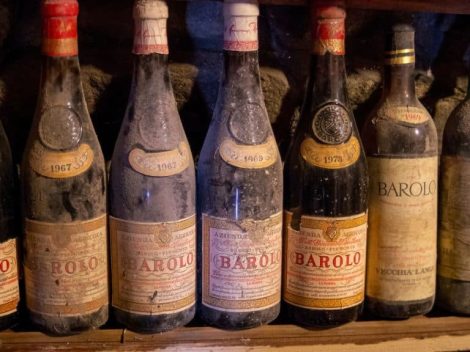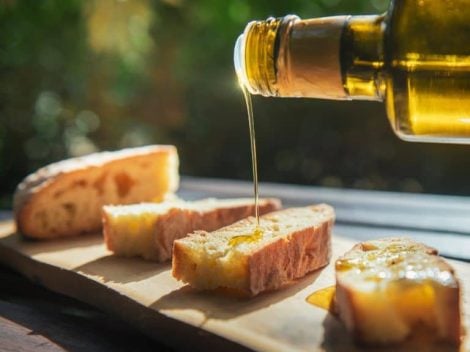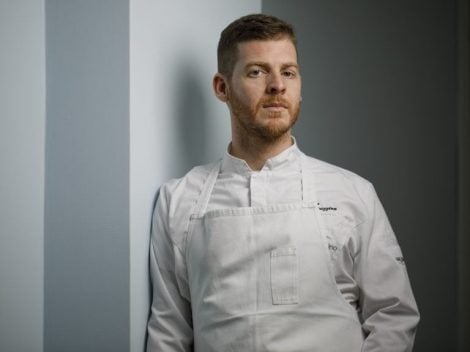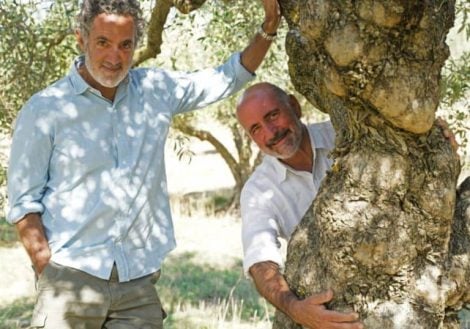The 2020 production of wineries part of the Bolgheri Consortium, a Tuscan DOC with 1,360 hectares of vineyards and 65 members is 6.53 million bottles (5 more in a year). The group of companies led by Albiera Antinori recorded a decline compared to 7.1 million in 2019 and 7 million in 2018. The trend, however, should not be read in a negative sense, as the trend is affected by the month needed for packaging. "The long closures have had an impact, especially in Italy, offset in part by online and large-scale distribution, and by export," explains Riccardo Binda, Director of the Consortium, who speaks of "very good expectations in the second quarter" and sales "that are moving quickly."
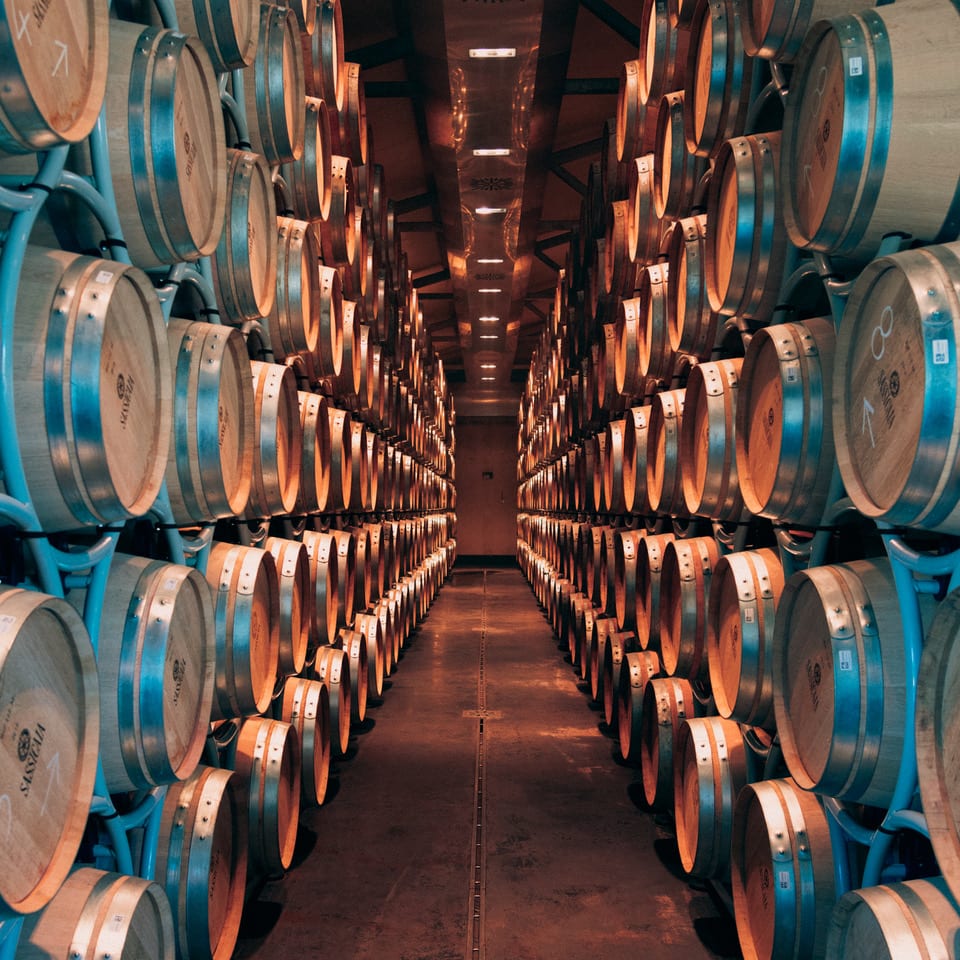
Quotations
In the year of the pandemic, the Consortium took action in time by signing an agreement with Crédit Agricole on revolving pledge for bottled products, the average price of which was detected by a study carried out by LT wine & food advisory. The survey (April 2019-April 2021) confirmed the high value of the wines which, when produced, are quoted at €14.64 per bottle net of VAT. In online sales, positive performance on the various platforms: +11% for Bolgheri Rosso (24.8 euro in Italy and 40.46 euro abroad) and +15% for Bolgheri Superiore (85 euro in Italy and 138 euro abroad). The HoReCa positioning remains high: the Doc is in the 10 main wine lists of the 8 target markets (on average 3 labels per restaurant).
Promotion
55% of Bolgheri wines are exported and as Director Binda points out, the main customers are the United States, Switzerland, Germany, Canada and Japan: "Despite the difficulties linked to the pandemic," Binda notes, "these are the target markets and the conditions for re-evaluating our priorities have not presented themselves." The Consortium's strategy also includes attending the main trade fairs, such as Prowein, Vinexpo and Vinitaly, waiting to host a major event in the area on September 4th, for the presentation to specialists of the 19 (superior) and 2020 (red) vintages. But abroad also means attempts at usurpation: "About 20% of our income," he underlines, "is destined for legal protection." The latest in chronological order in China (where the trademark is registered), were foiled with local authorities.
Wine types
With almost 300,000 bottles, the rosé wines are worth 4% of the bottled total. "It is the most historic type, so much so that in the first disciplinary of 1983 only this and the whites were included." Over the years, the general public has known more about the reds "but the rosé," guarantees Binda "will always find its place and identity." If you look at the whites, the Consortium expects a green light by Mipaaf for the Bolgheri Bianco (with Vermentino, Sauvignon Blanc and Viognier) for the 2021 vintage: "We hope it will be valued in the future to describe the territory with complex and long-lived wines." For its part, Vermentino, another historical grape, holds the positions (800,000 bottles and base prices around 10 euros). Lastly, there is the DOCG option, for which there seems to be little interest: "Our parameters are comparable to a DOCG, but in order not to add on to bureaucracy we have never assessed the need for a change."
Sustainability
Approximately one third of the vineyards is in an organic/biodynamic regimen. "In truth," adds Binda "many wine producers follow more sensitive practices than legal protocols and do not always certify. We hope for sustainability for the entire DOC." All eyes are on the Mipaaf national protocol.
by Gianluca Atzeni
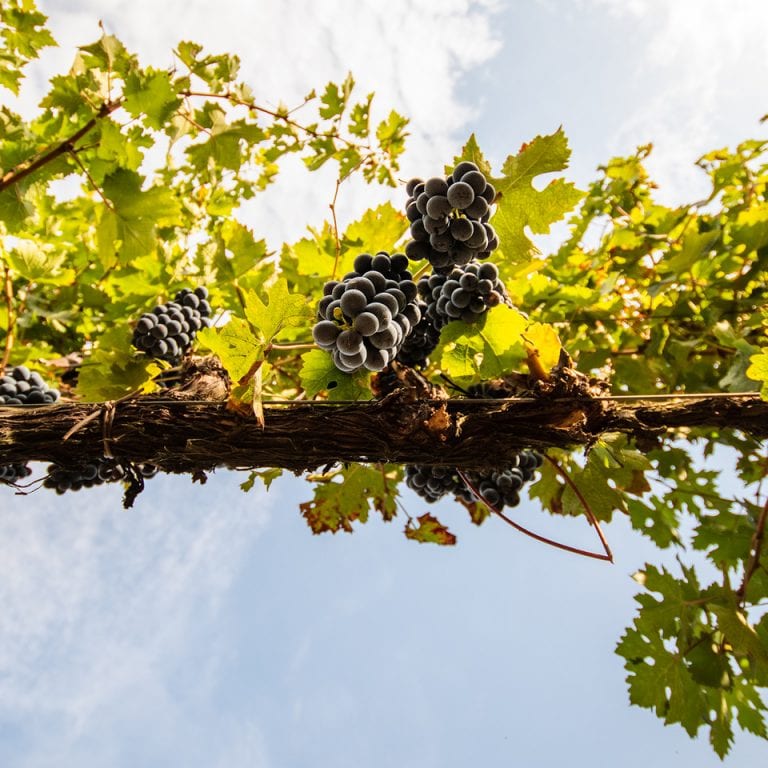
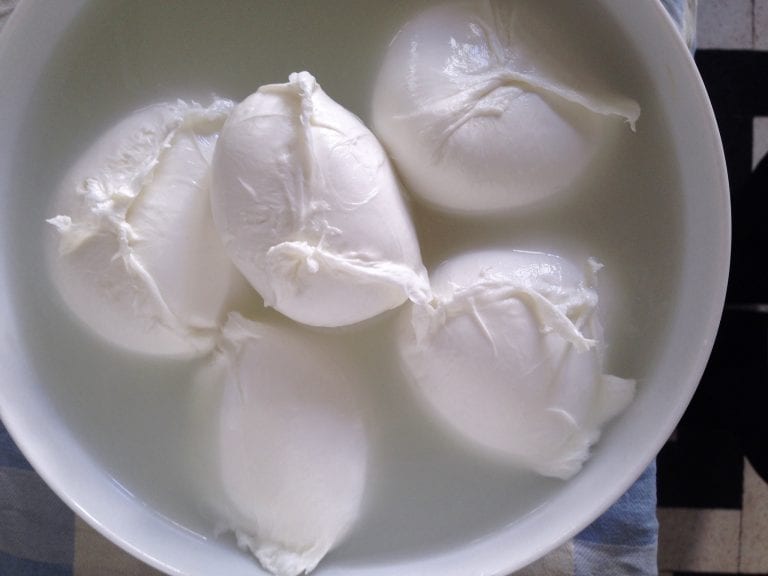 Here's why mozzarella di bufala extends life
Here's why mozzarella di bufala extends life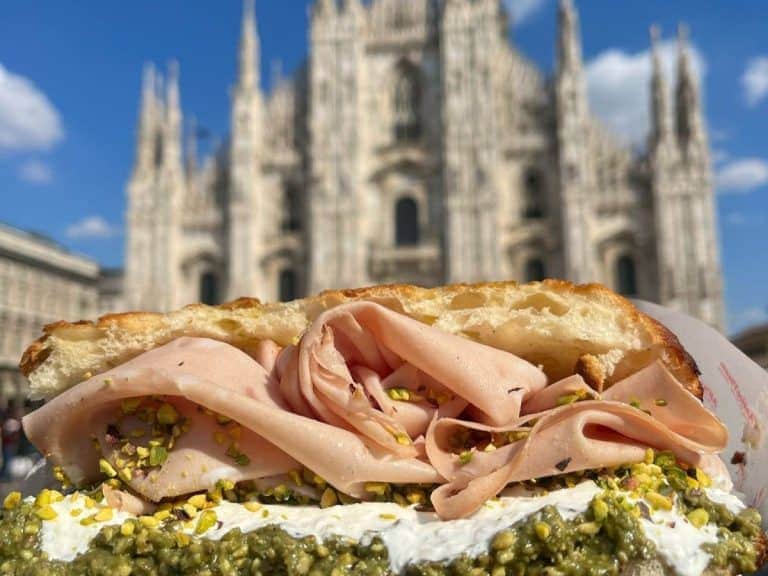 Unstoppable now, All'Antico Vinaio opens its fourth branch in Milan near the Duomo
Unstoppable now, All'Antico Vinaio opens its fourth branch in Milan near the Duomo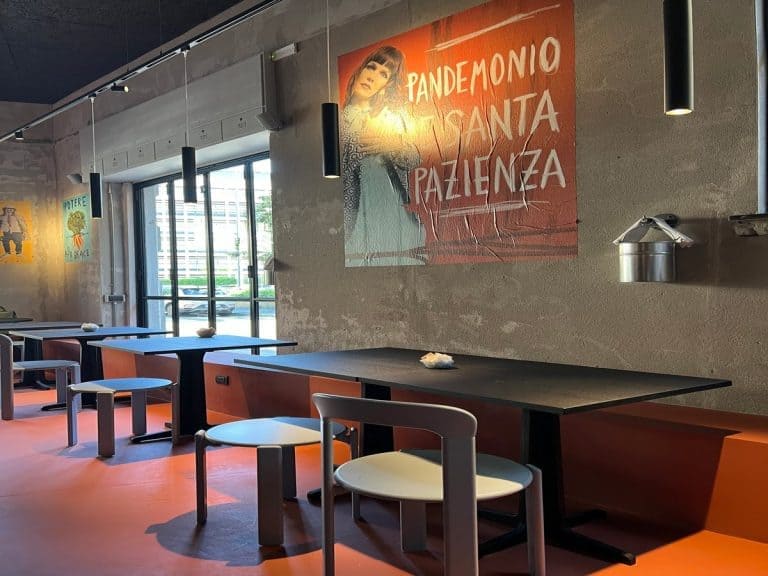 Viviana Varese doesn't leave Milan and opens Faak, the rebellious concept at affordable prices
Viviana Varese doesn't leave Milan and opens Faak, the rebellious concept at affordable prices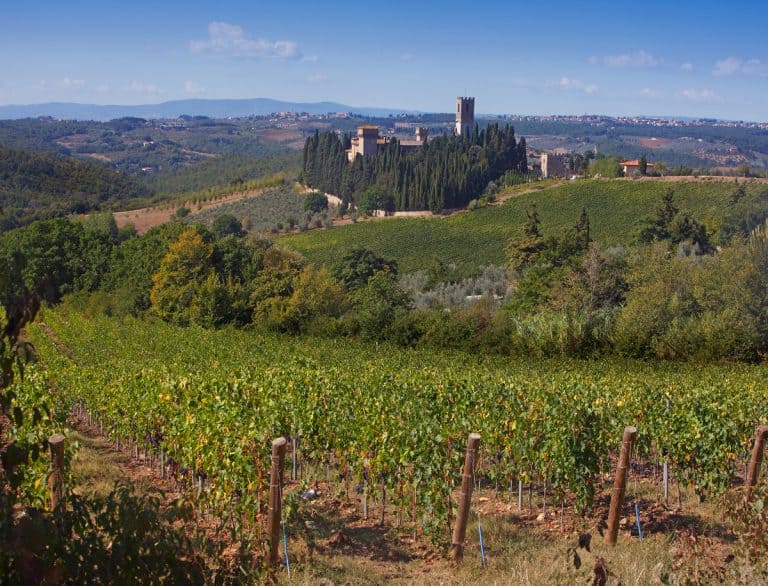 Chianti, classic and trendy. The new course in 20 labels: wines more territorial, fresh and elegant
Chianti, classic and trendy. The new course in 20 labels: wines more territorial, fresh and elegant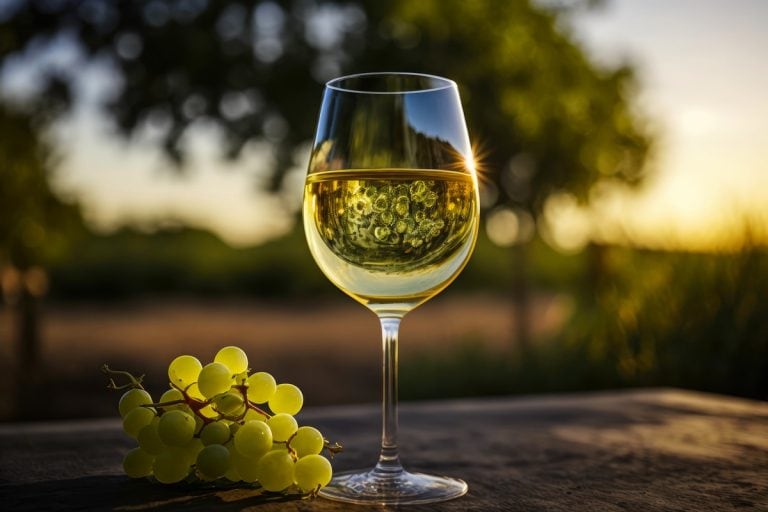 The 14 best Grechetto wines between Lazio and Umbria chosen by Gambero Rosso
The 14 best Grechetto wines between Lazio and Umbria chosen by Gambero Rosso